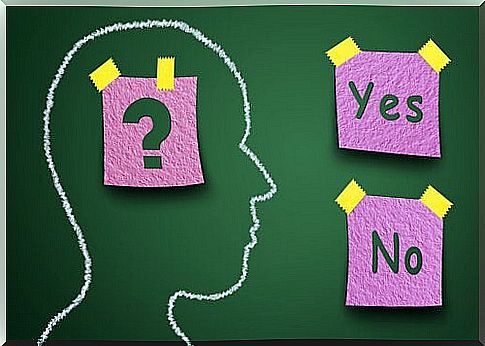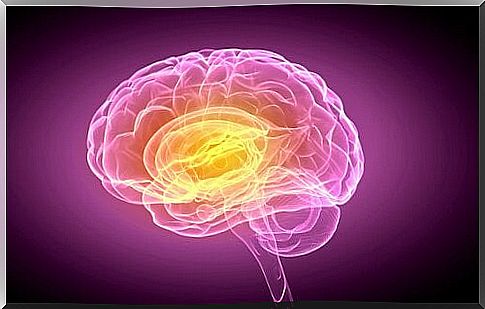Why Is It So Hard For Some To Make Decisions?

When communication between two different areas of the brain is disrupted, it is difficult for us to make decisions about value or preferences.
However, this communication disruption does not affect quality or sensory decisions. This may explain why some find it so difficult to make decisions and others don’t.
A recent study published in Nature Communications explains why the strength of contact between different areas of the brain determines how easy or difficult it is for us to make value-related decisions.
The research leader, Christian Ruff, a professor of neuroscience at the University of Zurich in Switzerland, and his team found that the intensity of communication between different areas of the brain determines how we make value-based decisions or decisions about what we like and what we don’t.
Different attitudes to different decisions
Value-based decisions related to preferences are different from decisions based on the information we gather based on our senses, that is, what we see, hear, smell, taste, or touch. Examples of value-based decisions include choosing a new car, a new dress, or a restaurant portion. We need to decide what we like the most, and later we can question whether we have made the right decision.
Sensory decisions are usually easier to make because they require more direct use of judgment.
Findings can explain what makes decision-making more difficult for some than for others
Why do some people seem to know exactly what they want, while others are never sure? Professor Ruff and colleagues wanted to find out why it is much easier for other people to make decisions based on their personal preferences than for others.
The researchers found that the accuracy and certainty of decisions based on preferences are not based solely on the activity of different regions of the brain, but rather on the strength of communication between these regions.
These two areas are the frontal lobe, which is found just above the front of the brain, and the main lobe, which is found above the ears. Both of these areas are related to the emergence of our preferences, the perception of space, and the planning of our actions.
Value decisions are based on communication between two areas of the brain
For the study, a team of researchers asked volunteers to make two food-related decisions. One of these was based on preferences and the other on the senses. In performing these studies, volunteers were exposed to transcranial electrical stimulation of the brain.
In the system, stimulation is varied. During the process, different electrical currents are sent to the brain through the skull so that coordinated patterns of action can be formed in certain parts of the brain.
At the same time, volunteers were shown pictures of different dishes. Finally, they were asked which of these foods they would prefer to eat (testing decisions based on preferences). They were also asked sensory questions related to those images. For example, they were asked how much black is in one image compared to another (testing decisions based on the senses and objective information).
Using this stimulation technique, the researchers either strengthened or weakened the flow of information between the frontal block and the main law block while asking volunteers questions.

Professor Ruff clarifies his findings: “We found that decisions based on preferences were more unstable if the flow of information between two areas of the brain was disrupted. Overall, making decisions was more difficult for our volunteers. However, this did not affect decision-making based on the senses alone. ”
Ruff and his research team concluded that “communication between these two areas is only important if we are to decide whether we like something or not, but it is not important when making decisions based on objective facts.”
The research team also found that the nature of the decision itself will not become more stable if the flow of information between the two parts of the brain is enhanced. This may be because all the volunteers who participated in the experiment were young and healthy people with well-developed decision-making skills.
As a result, researchers have concluded that further experiments are necessary to ascertain whether the technology in question is suitable for therapeutic purposes. This technique could be helpful, for example, in the treatment of patients who are prone to highly impulsive behavior or unable to decide as a result of brain dysfunction or brain injury.









